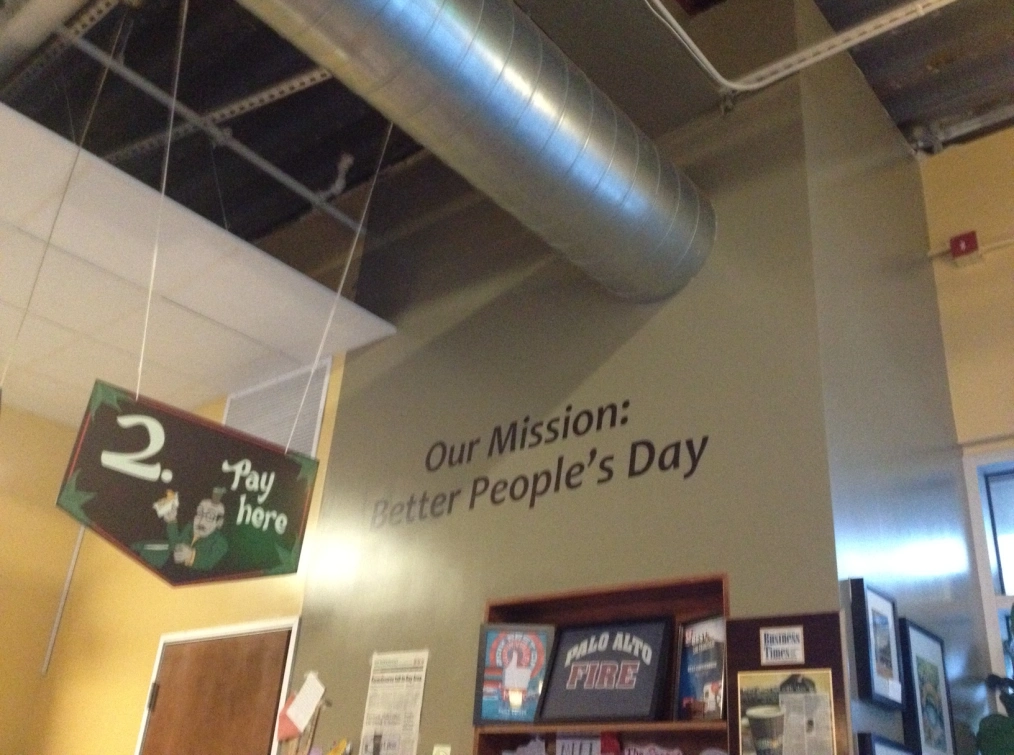
We’ve all been there…
“Nobody counts the number of ads you run; they just remember the impression you make”
– William Bernbach, founder, DDB Advertising Agency (for you Mad Men fans, Sterling Cooper’s main competitor)
If this is true, Mr. Bernbach, then why is it that every 3rd video I click on YouTube forces me to watch an advertisement? Why is it that, as I scroll through my Instagram feed, I see a video for a VISA card I have no intention of acquiring? How about when I click a link on espn.com, instead of the article, I get an autoplay advertisement for the latest iteration of “Paranormal Activity”?
The answer is unfortunate for those of us who appreciate high-impact, creative marketing:
In-experience advertising in it’s current state is broken. In fact, it is counterintuitive. Advertisers have failed us – instead of coming up with creative ways to capture our attention and inspire action, they have chosen to force us to consume their messaging, at the expense of our time and more importantly, our trust.
Ultimately, the goal of any advertiser is to inspire action – their ads should motivate consumers to read about, talk about, and ideally buy, their product or service. Advertisers continue to stretch their imagination when trying to structure the timing and location of their messaging for the highest possible impact. As an example, this is precisely why SuperBowl ads come at a premium. Presumably, consumers are tuning in with the intention of being sold to. It’s why the “ad inserts” in your local paper contain 3x the content during “Black Friday” week. It’s a no brainer – consumers are in their most impressionable state of mind during these times, so naturally, advertisers are there to pounce. Consumers say “sell to me during these times” and advertisers respond in kind.
However, in recent years, we have changed the way we consume information, which has resulted in a very challenging position for advertisers. The pace of this change is accelerating at an amazing rate. Consumers are spending less time in front of their TV’s, and more time on their iPads. Less time reading Home & Garden, and more time reading their customized Home & Garden page on Flipboard. Content is instantly accessible from a variety of sources, and those sources are growing every day, making it increasingly challenging for companies to ensure their advertising dollars are being maximized.
So what’s a Marketing team to do? As with any other form of industry disruption…the answer is to panic. To bombard us in our most “vulnerable” state. The in-experience advertisement is a modern day version of the 7PM “do you want to sign up for the Washington Times?” phone call that comes right as you sit down to dinner with your family. We’re better than this, folks.
If you wish to increase the effectiveness of your marketing/advertising spend, the first thing you should do is determine how and when you will reach your target audience during a time they are most receptive to your messaging. Take a tip from one of the best “experience” companies in the world – we were brainstorming this week around this very topic, and the theme for our direction centers around one statement:
“Our outreach should be immersive – not intrusive”
The next time you think about disrupting a user or customers’ experience to force them to listen to your pitch, ask yourself one question. “If I was the user, and all I wanted to do was access this content and <company x> was blocking me from doing so instantly…would I be more or less likely to utilize their service or buy their product?”
Consumers trust us to not waste their time or money – who wants to create or enhance their relationship with a brand that devalues either one of those assets regularly? The least lucrative of all demographics – no one.










